Central Restaurant in Peru: dining in Lima
As I have already commented on the blog, apart from a lot of Finland (which I love), I am going to talk more about other places I traveled to and find interesting to write about. And I didn’t want to miss the opportunity to tell you about my visit to the Central Restaurant in Lima, Peru.
If you want, check out a selection I made of restaurants in Helsinki, and the Michelin-starred Finnish restaurants (ES).
Table of Contents
The Central Restaurant
A friend who was there told me about it.
It is one of the five best restaurants in the world (it has been around position 5 for years, one up or down) but at a price that – saving a little money on the way and if you like to spend money on eating – almost everyone can afford.
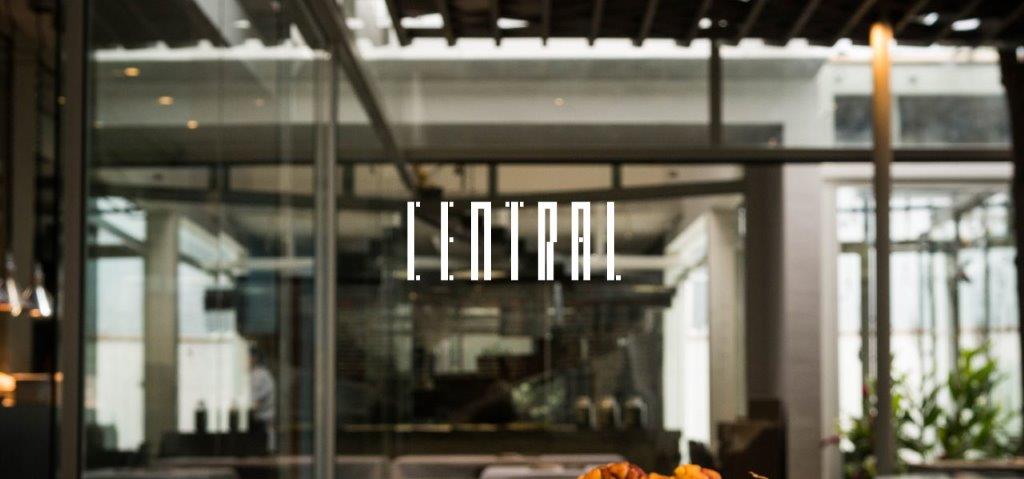
It is also on the list of the best sustainable restaurants in the world (you know we try to compensate and offset CO2 when we travel)
The Central Restaurant (website) of Lima is run by chef Virgilio Martinez, and has been open in the Barranco neighborhood – a classic neighborhood that the young bohemian have taken by a storm, a bit like Kreuzberg in Berlin – for several years, delighting diners.
It has appeared in one of the episodes of Netflix’s “Chef’s Table“, in which Chef Martinez visited the places where he gets the ingredients from and showcases the restaurant and its philosophy. Here is a video.
Making a reservation in the Central
It just coincided that this year the trip to Peru was going to be to escape the dark and cold winter in northern Europe. And that also coincided with my birthday.
Because of the good feedback that my friend gave me, and because I could just book such a great dinner for my birthday, it was easy to do it. Reservations can be made through its website (you, as us, we chose not to make an upfront payment).
In the reservation you are given the choice of menu (the “short” one contains 13 dishes, and the long one 16), with the concept of tasting foods of the different heights that are to be found in Peru.
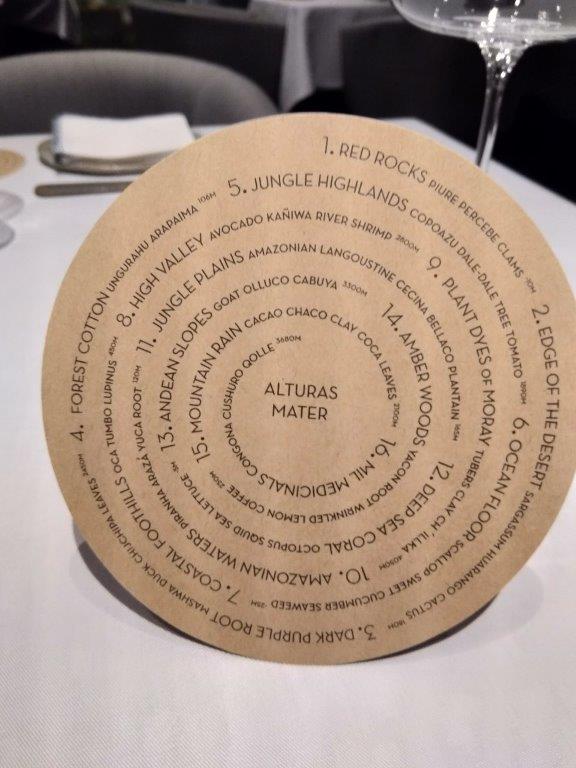
My experience in the Central Restaurant
I have been to nice and tasty places and tried interesting foods in my trips, but never been to one of the world’s top restaurants.
And the Central restaurant didn’t fail to deliver: the night was fantastic.
The space is very well designed, with not too many tables at a good distance from each other, so you have a good space to enjoy. There is a huge window into the kitchen, where you can see the kitchen team almost dancing, as they know their motions very well and it feels like they flow through their work. We peeked often to see what they were doing, and to see Virgilio in action, and we were pleased with this big window.
The staff is polite and knowledgeable. Don’t be afraid to ask them anything about the food or to repeat something to you (as sometimes the normal level of conversations around you will make you miss something).
In terms of food, the chef plays – apart from the heights where the ingredients are found – with textures, temperatures and other variables. The different dishes come at a nice pace, so you can take your time to appreciate each dish’s merits while not having to wait a lot for the next one.
Not all of the 16 dishes we tried were extremely rich and tasty and the best we have tried in our life: this is one of the thing one learns the first time that they go to a world-famous restaurant. The concept (food from different habitats), the techniques, and the presentation they all play a part on each dish, as they are also a piece of art. But it was very interesting to hear the story behind each dish and know how all the ingredients come together from a given ecosystem.
My favorite dishes were the sea urchin, cooked to perfection and something I’ve never tried before. I couldn’t believe something I that looks a bit alien on a plate, and not offered in a lot of restaurants could taste so well. As well, I loved the pure percebe clams, which – as far as I could tell – were cooked with the sferification technique and they exploded in my mouth delivering loads of amazing taste.

It seems that the more aquatic side of the Peru ecosystem was the one that left me the happiest food-wise. As you can see from the picture of the Piranhas above.
It was like traveling through Peru with your mouth. And it was a good preview of dishes we would try later on in Arequipa, Cuzco, Titicaca Lake… Concretely, we had a meal in the Amanantí island prepared from an indigenous family, which used a lot of the same ingredients as Chef Martinez’s one.
As a last note, we said “what the hell, let’s go for it” and asked for the wine pairings with the food. Even as fantastic as it was, in the end we ended up a bit tipsy and lost a little focus on the dishes, and I personally think I wouldn’t ask for it if I go to Central again. But of course, is totally up to you.
All and all, it was an amazing birthday dinner that I will remember for a long time.
What did you think of this post? Would you like us to encourage you to tell you more about our trip to Peru last January?
Topics: Traveling around the world |
Leave your comment!
|  Print This Post
Print This Post
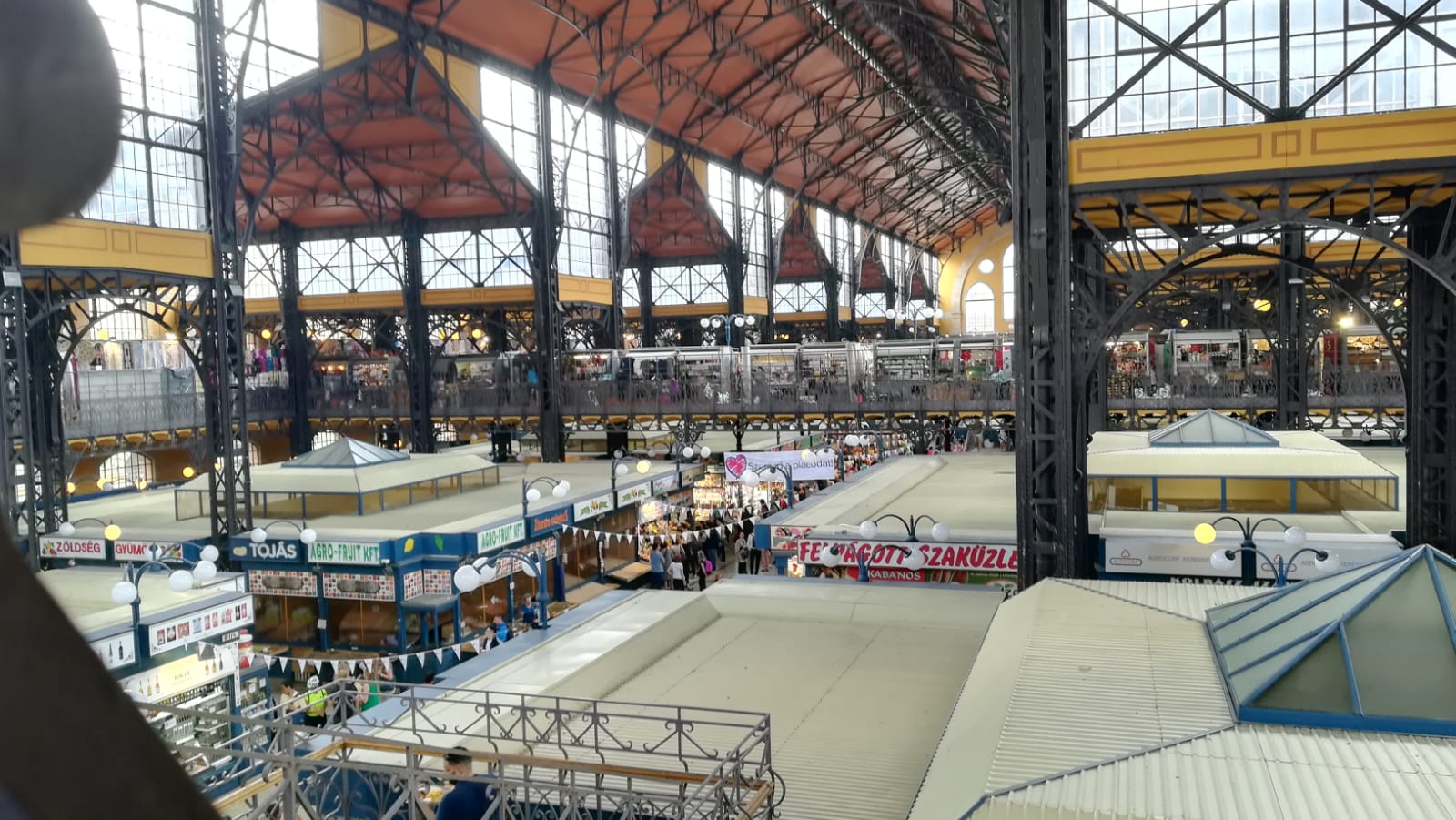


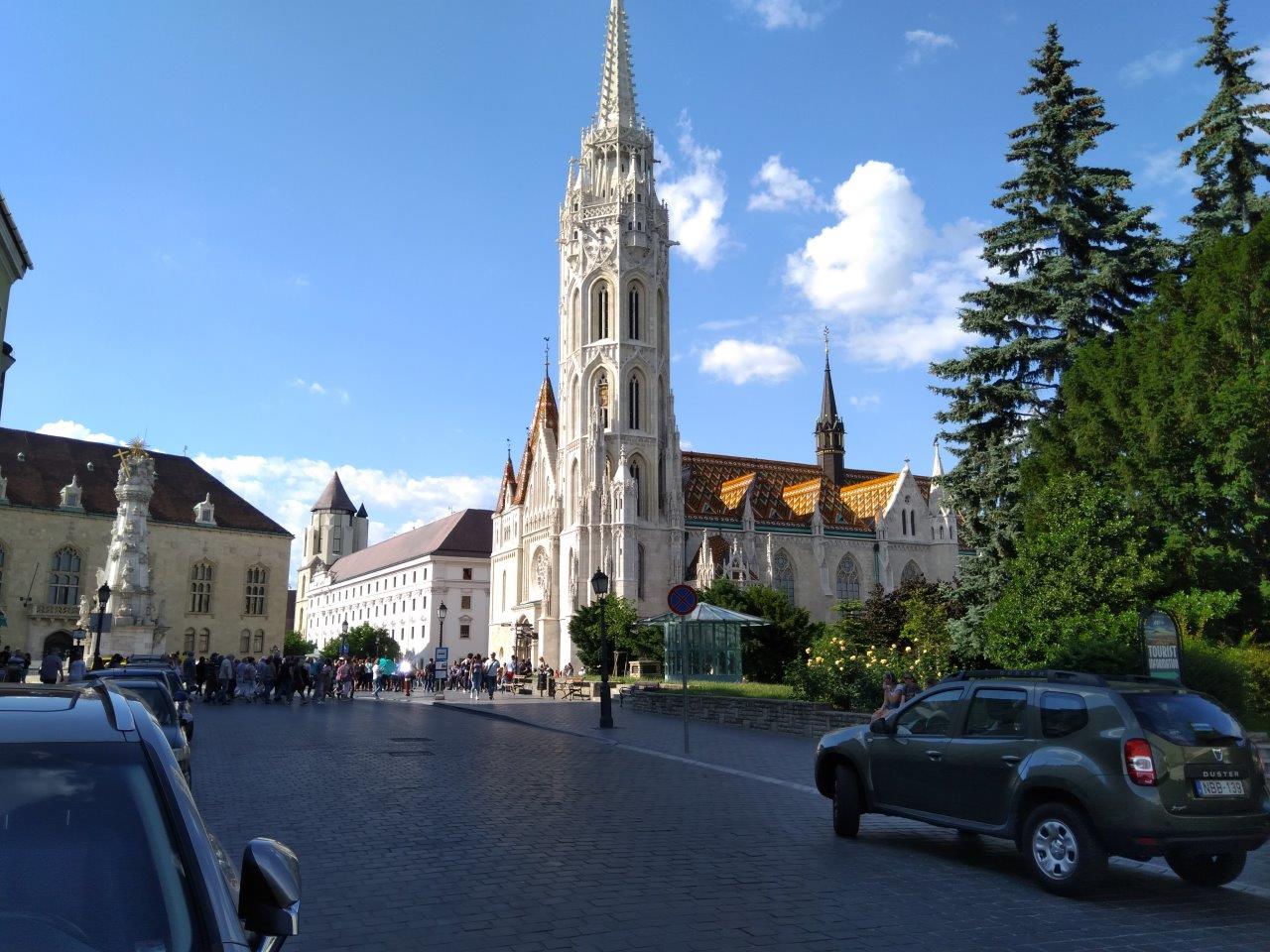





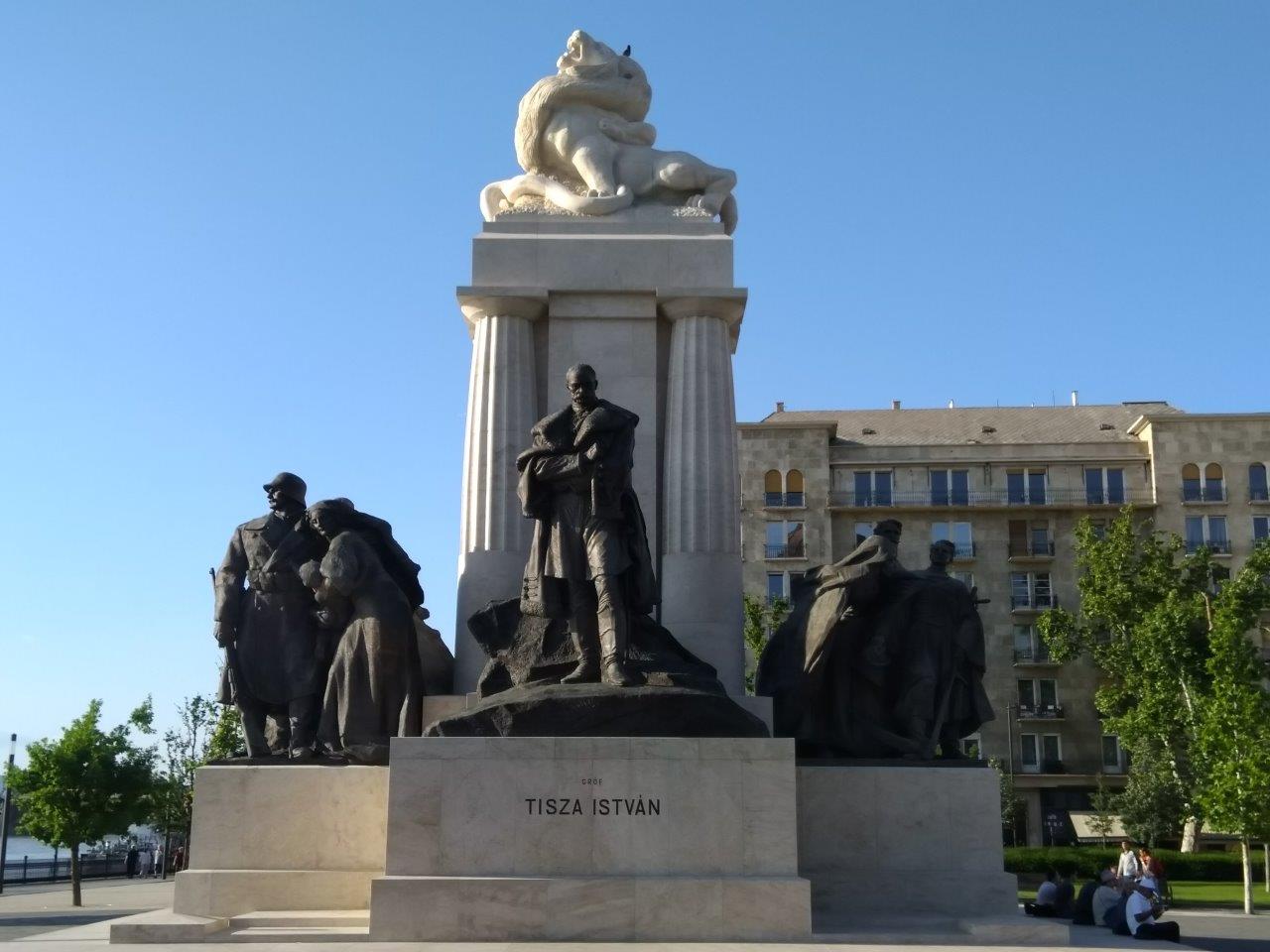




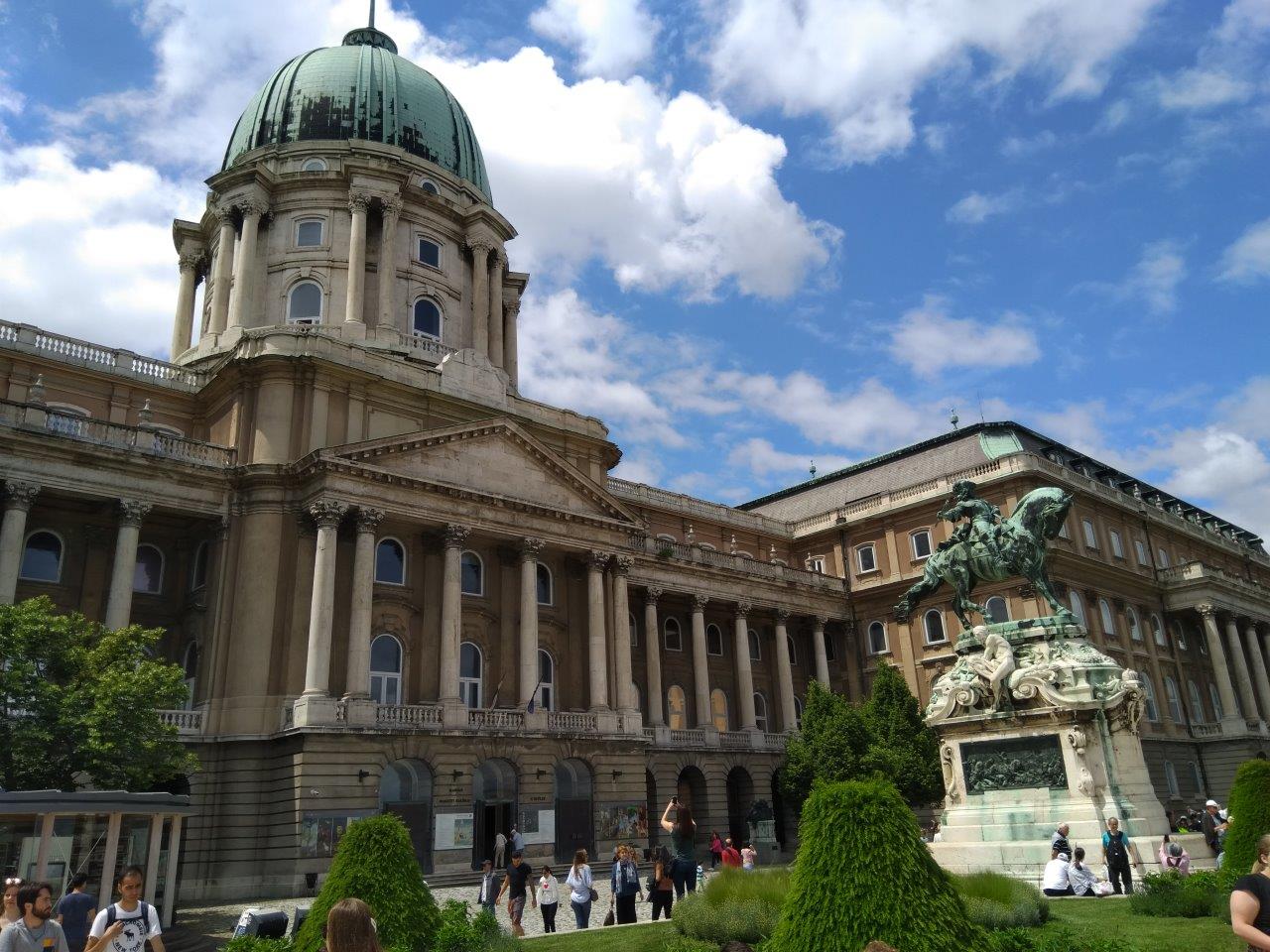




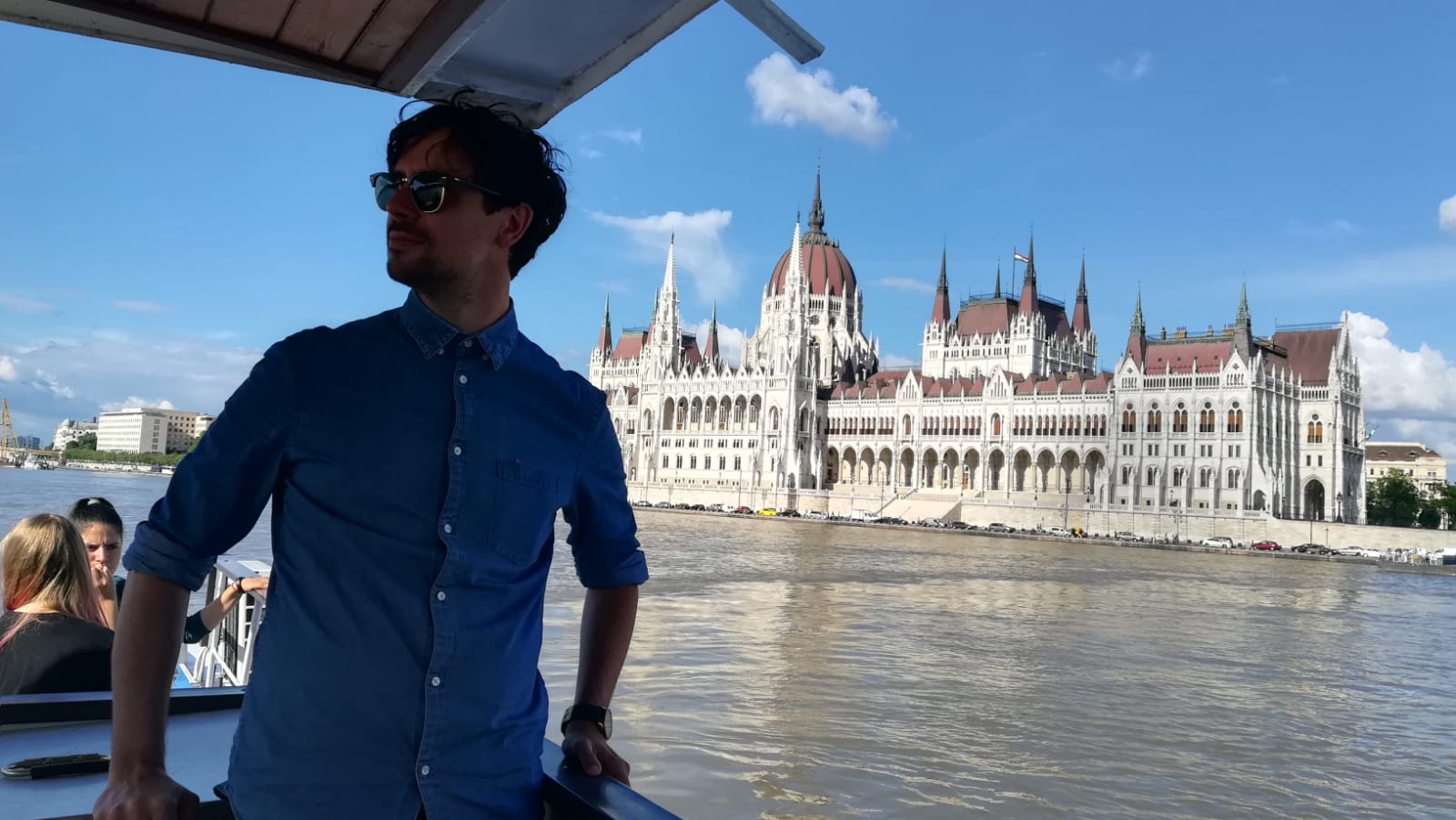
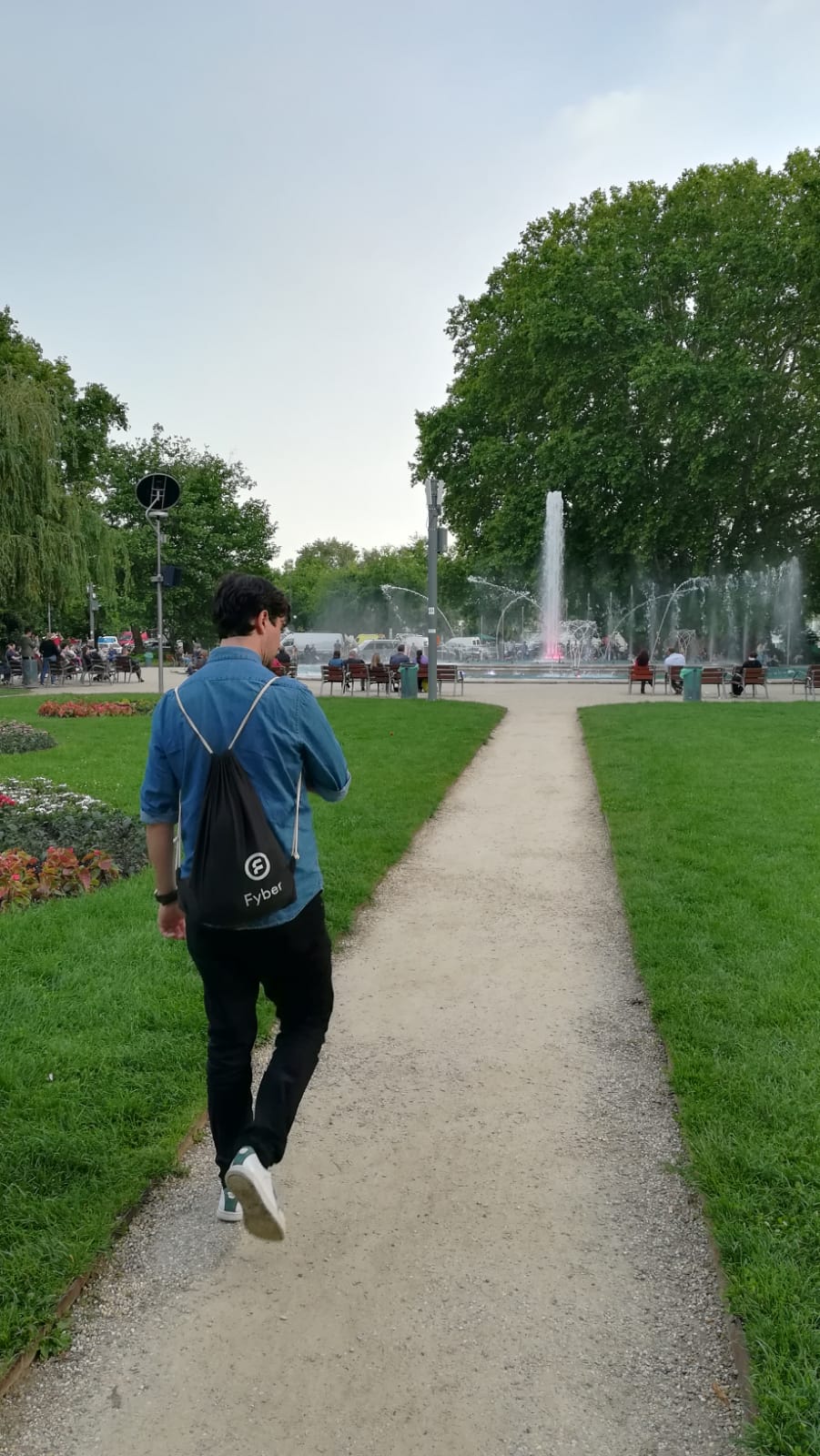
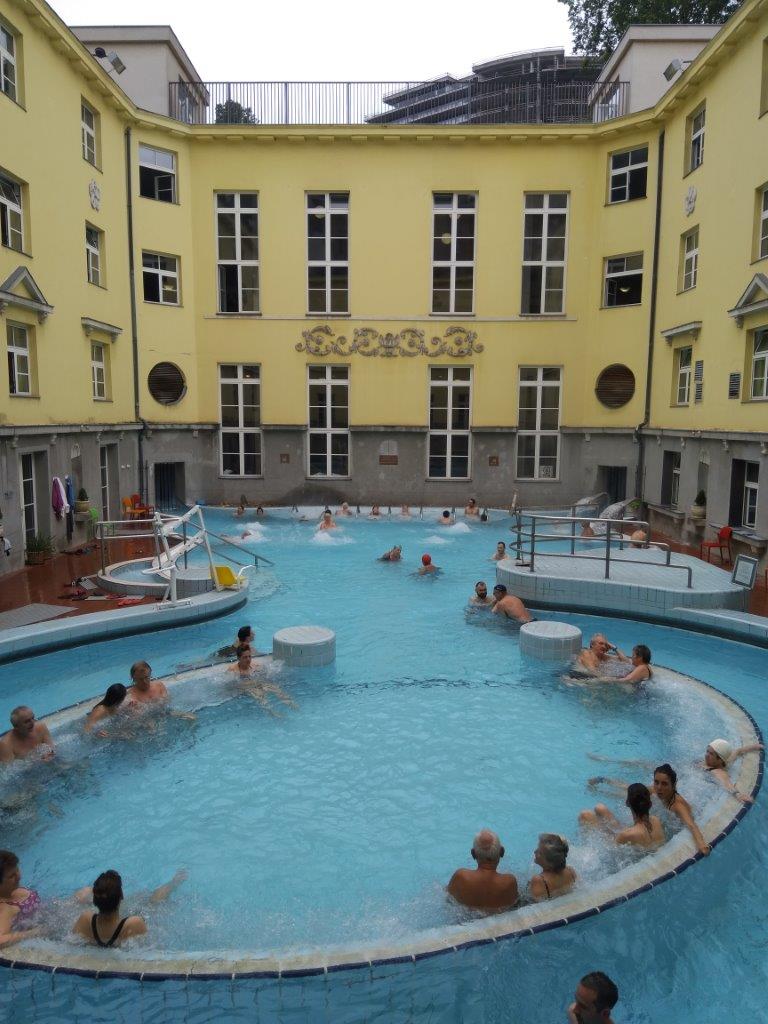

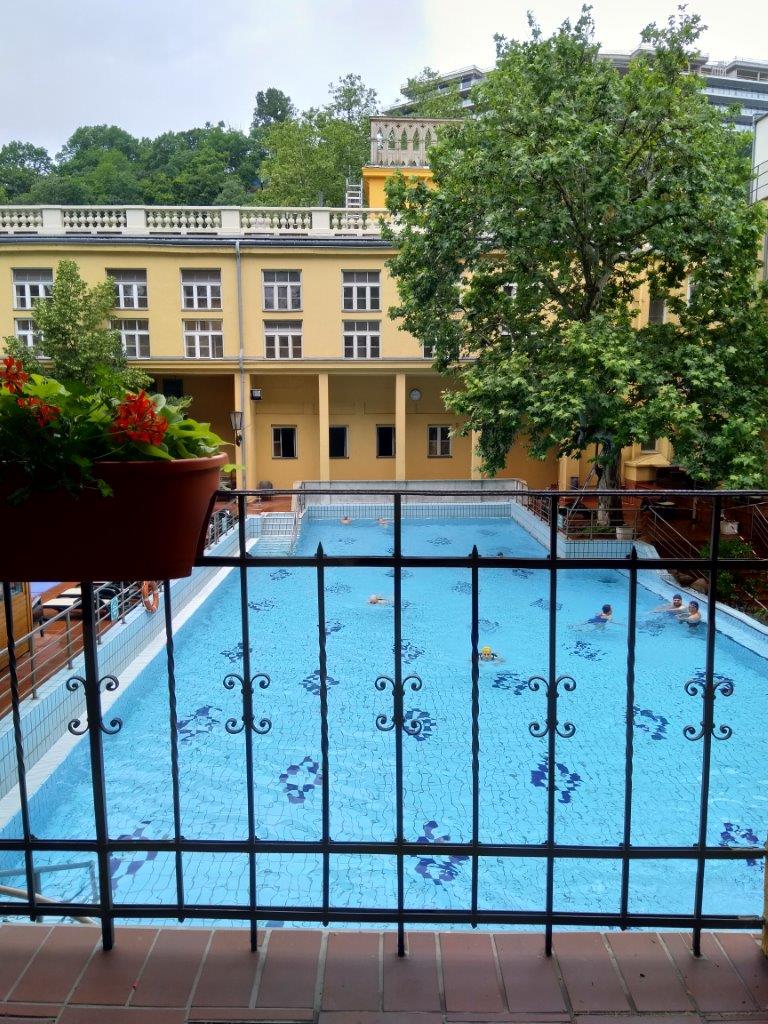

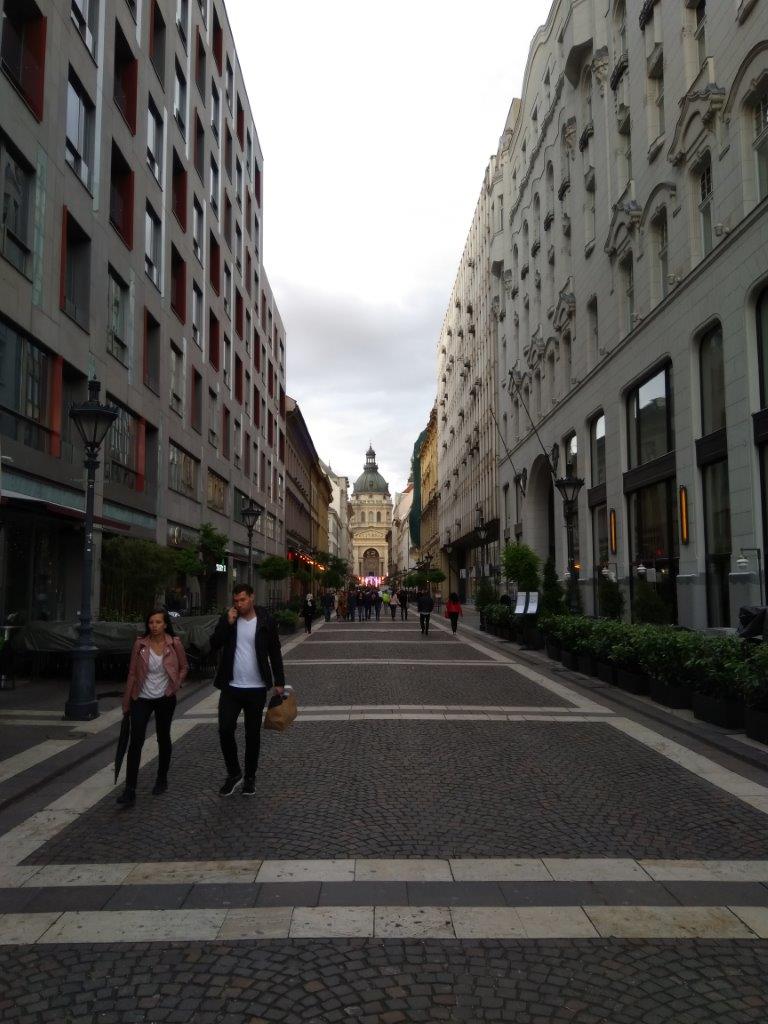
"Perkele" is mostly used for extreme frustration NOT as a surprised response. That's even more pronounced with "Voi Perkeleen Perkele"…